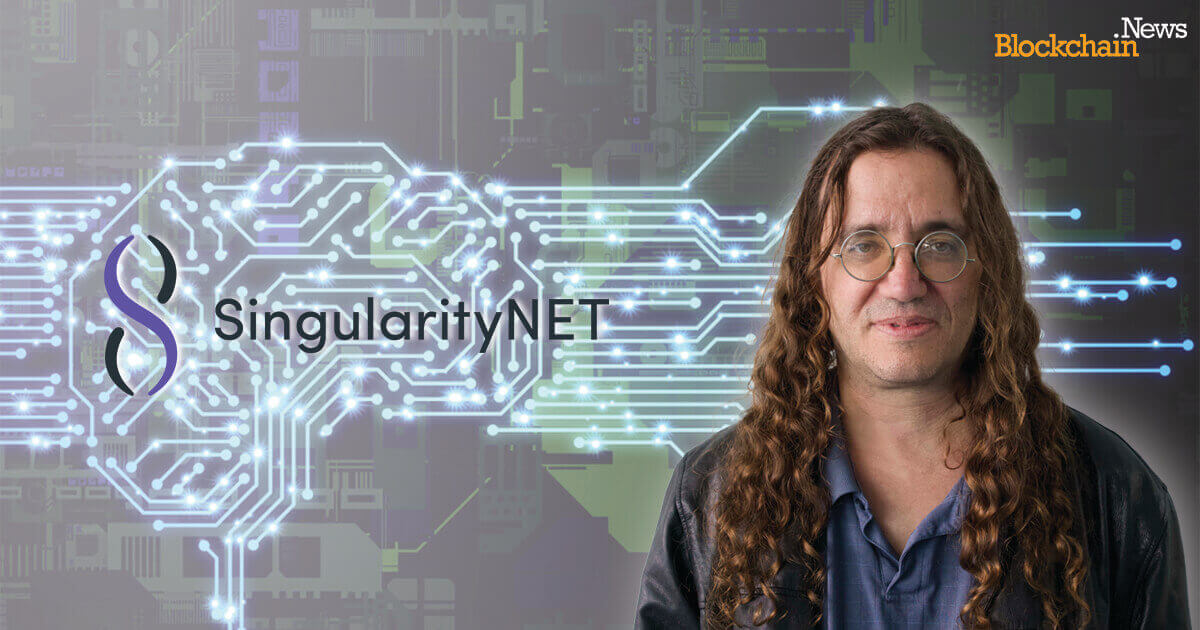SingularityNET (AGIX) Unveils Distributed Atomspace (DAS) for Advanced AI Knowledge Management
Rebeca Moen Jun 27, 2024 01:55
SingularityNET (AGIX) introduces the Distributed Atomspace (DAS), a decentralized knowledge repository aimed at revolutionizing AI research and development.

SingularityNET (AGIX) has announced the introduction of the Distributed Atomspace (DAS), a novel decentralized knowledge repository designed to propel Artificial General Intelligence (AGI) research forward. The announcement was made during a 'Technical Tuesdays' session celebrating the Alpha release of OpenCog Hyperon.
Introduction to the Distributed Atomspace (DAS)
At its core, Atomspace is a hypergraph used by OpenCog Hyperon to represent and store knowledge. It serves as the primary knowledge source for AI agents, encapsulating any computational results achieved during their execution. The Distributed Atomspace extends this concept into a more autonomous component, designed to support multiple simultaneous connections with various AI algorithms, offering a flexible query interface to distributed knowledge bases.
The DAS Architecture
The architecture of DAS is composed of several main components: the Traverse Engine, Query Engine, Cache, and AtomDB. Each of these components plays a crucial role in the functionality and efficiency of DAS.
Traverse Engine
The Traverse Engine is responsible for hypergraph traversal. It interacts with the Query Engine and Cache to allow users to navigate the Atomspace hypergraph. This engine handles operations such as finding links pointing to or from a specific atom or identifying atoms in the surrounding neighborhood. It also manages the pre-fetching of surrounding atoms when using a remote DAS, ensuring rapid link following.
Query Engine
The Query Engine processes global queries, including pattern matching. Users can specify whether queries should consider only local atoms or include remote DASs. For remote queries, the engine connects to OpenFaaS servers, combining local and remote information to provide comprehensive results.
Cache Layer
DAS incorporates a sophisticated cache layer to accelerate queries involving remote DASs. Unlike traditional caches, the DAS cache not only stores data but also sorts and partitions query results, presenting the most relevant results first. This design optimizes relevance and efficiency, important factors for AI agents performing combinatorial searches.
AtomDB
AtomDB serves as a Data Access Object, abstracting database calls where atoms are stored. This abstraction allows changes or extensions to the actual data storage without impacting query algorithms. AtomDB can be backed by in-RAM data structures or one or more DBMSs, providing flexibility and scalability.
Higher-Level Indexing
DAS leverages DBMS indexing capabilities and custom indexes, notably the Pattern Inverted Index. This index maps patterns to their occurrences in the knowledge base, akin to document retrieval systems’ inverted indexes.
Pattern Matcher
The Query Engine’s pattern matching capabilities enable DAS to answer complex queries. These queries involve specifying patterns or boolean expressions of subpatterns, which the engine matches against the knowledge base.
Mapping Knowledge Bases to Nodes and Links
Proper mapping of knowledge bases to Atomspace nodes and links is essential before loading them into DAS. DAS does not assume predefined atom types or provide built-in import mechanisms for various formats. Currently, only MeTTa knowledge bases are supported.
DAS Server Deployment and Architecture
DAS server deployment follows a Lambda Architecture using OpenFaaS or AWS Lambda. OpenFaaS is prioritized, with deployment involving Redis and MongoDB or their AWS equivalents. Functions are deployed as Docker containers, managed by a CI/CD pipeline, and stored in a private Docker registry. Clients can connect via HTTP, gRPC, or external lambda functions.
Bridging DAS and MeTTa
A significant milestone in DAS development was the integration with MeTTa using Space API in late 2023. This integration bridges DAS’s powerful knowledge representation capabilities with MeTTa’s dynamic reasoning and pattern-matching strengths, enhancing the overall functionality and application range of both systems.
MeTTa, the programming language designed for OpenCog Hyperon, integrates seamlessly with the Distributed Atomspace. It allows for the creation of introspective and self-modifying programs that can leverage the distributed nature of DAS for enhanced performance and scalability.
The combination of the Distributed Atomspace (DAS) and the MeTTa programming language creates a robust framework for developing Artificial General Intelligence by seamlessly integrating scalable, decentralized knowledge representation with powerful, introspective programming capabilities.
This synergy between DAS and MeTTa forms a foundational infrastructure that supports the development of AGI, capable of advancing beyond current limitations in both performance and scalability.
About SingularityNET
Founded by Dr. Ben Goertzel, SingularityNET aims to create decentralized, democratic, inclusive, and beneficial AGI. The team comprises seasoned engineers, scientists, researchers, entrepreneurs, and marketers dedicated to various application areas such as finance, robotics, biomedical AI, media, arts, and entertainment.
Image source: Shutterstock.jpg)